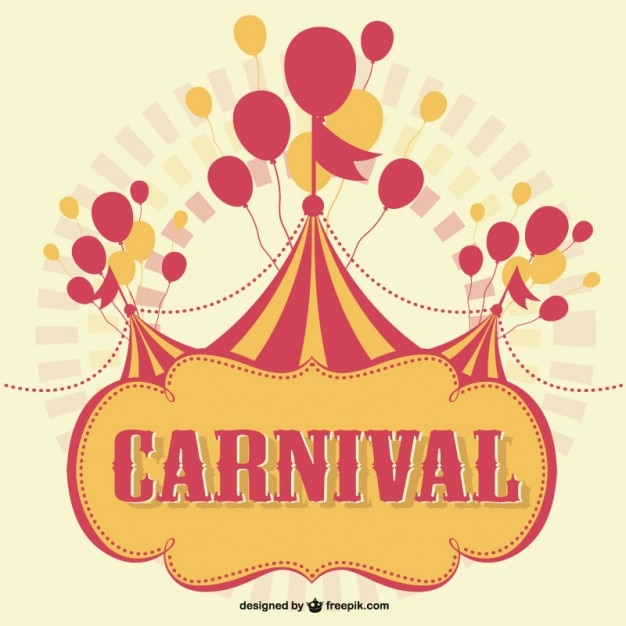For the final critique I presented two of my final ideas to see which one got the best response. The main areas of inquiry were whether to include the extra black splodges, which I felt aided the representations of destruction through splatter, however at the same time could detract from the simplicity of the message, seeking to fill negative space.
Presented these possible spreads:
Response:
- strong use of type choice - clean choice in contrast with the sketchy illustration approach
- however some felt a strong serif font would flow better
- well positioned type
- use of white space adds great composition
- experiment with positioning of the barcode
- splodges are aggressive and work with the amount of negative space
There was mixed feedback with some favouring the more minimalistic approach and others liking the bold use of colour in the more illustrative spread. Although there were certain elements I liked from each, I found the first to be less crowded and more bold its in compositional decisions.
Final cover in response to critique:
- Repositioned back cover image to exactly mirror the front, to accentuate the purpose of the same by different
- The spine was re-thought out in positioning of author name and title
- Removed splodges from the front as to not take away from the impact of the image, however made them larger and repositioned on the back to mirror the ink medium and tie the two pages together to enable a flowing overall design.







































